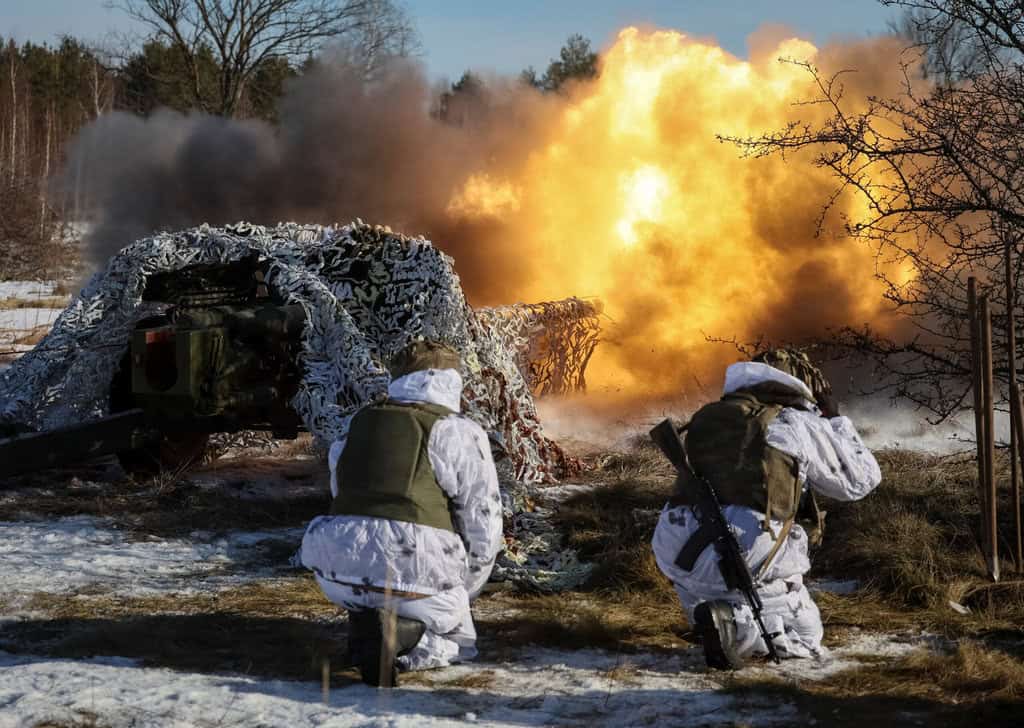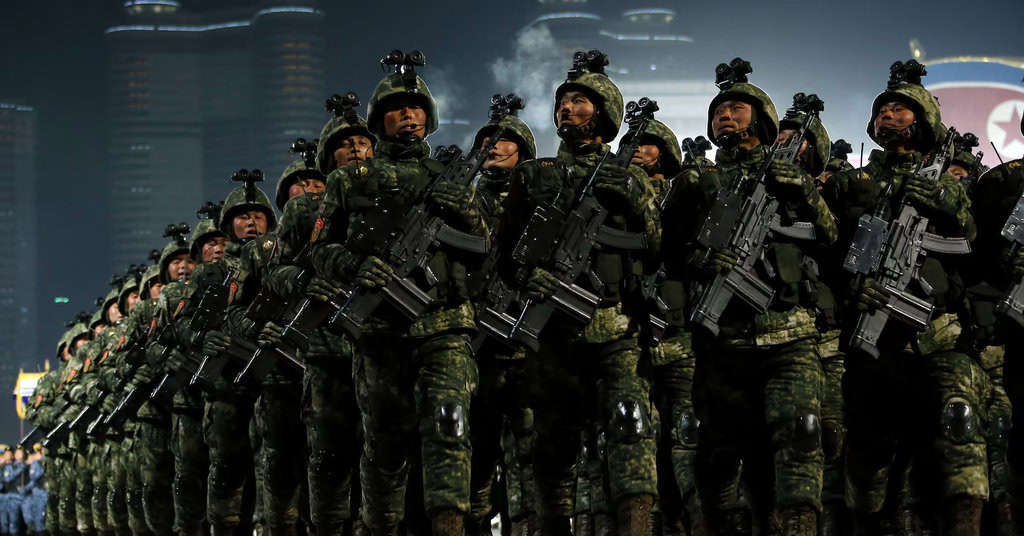The ongoing conflict in Ukraine has entered a volatile new chapter, with the Biden administration authorizing Kyiv to deploy U.S.-supplied long-range Army Tactical Missile Systems (ATACMS) to strike deeper within Russian territory. This strategic move follows North Korea’s controversial deployment of thousands of troops to support Russia’s war efforts.
Biden’s Decision Amid Rising Tensions
President Joe Biden’s decision to lift restrictions on ATACMS use comes after months of pressure from Ukrainian President Volodymyr Zelenskyy and Western allies. These missiles, capable of reaching far beyond the Ukrainian border, are expected to enable Ukraine to target critical Russian military infrastructure. The move reflects growing frustrations over Russia’s relentless attacks on Ukrainian cities and energy facilities, which have escalated as winter approaches.
Biden’s authorization coincides with significant geopolitical developments, including the surprising deployment of an estimated 12,000 North Korean troops to reinforce Russia’s northern frontlines, showing a strengthening alliance between Moscow and Pyongyang, one which has been in the works for decades. Intelligence reports also suggest North Korea has supplied Russia with munitions, compensating for Moscow’s dwindling weapon stockpiles.
The Role of North Korean Troops
North Korea’s involvement represents a calculated gamble by Russian President Vladimir Putin. The newly deployed troops are reportedly concentrated near Ukraine’s northern borders, aiming to reclaim territories recaptured by Ukrainian forces earlier this year. This infusion of manpower is expected to bolster Russia’s ability to launch counteroffensives, particularly in strategically contested areas like the Kursk border region.
The addition of North Korean forces raises serious concerns about an expanded theater of conflict. The international response has been muted, with the United Nations reiterating its call for de-escalation. U.N. Secretary-General António Guterres emphasized the importance of a “fair peace” but avoided direct criticism of North Korea’s actions.
Zelenskyy’s Tactical Restraint
President Zelenskyy, while acknowledging Biden’s decision, opted for a reserved public response. “Strikes are not made with words. The missiles will speak for themselves,” he remarked in his nightly address. His restrained tone highlights a shift toward action-oriented diplomacy as Ukraine prepares to leverage its newly expanded arsenal.
Zelenskyy’s comments came in the wake of a Russian missile strike on the northern city of Sumy, which claimed eight lives. The attack, coupled with a massive drone and missile offensive targeting Ukraine’s energy infrastructure, reinforced the urgency of Biden’s decision. Western analysts argue that loosening restrictions on ATACMS deployment is critical for Ukraine to mitigate future strikes and maintain its strategic momentum.
A Divided Western Alliance
While some NATO allies have championed Biden’s decision, others remain apprehensive about the risks of escalation. Critics argue that authorizing deeper strikes within Russia could provoke unpredictable responses, including potential nuclear threats from Moscow. Putin has previously warned that NATO’s involvement risks turning Ukraine into a proxy battlefield with devastating global implications.
The Biden administration, however, seems determined to recalibrate its strategy in the face of growing concerns about a shifting balance of power. This recalibration comes amidst political uncertainty in the United States, with Donald Trump’s recent election victory casting doubt on the continuity of U.S. military support for Ukraine.
Trump’s Impact on Ukraine’s Future
Trump, set to take office in January, has repeatedly criticized the Biden administration’s financial and military support for Kyiv. During his campaign, Trump pledged to bring an end to the war, often implying that territorial concessions by Ukraine could pave the way for peace. His stance has unsettled Ukraine’s international backers, who fear that any rushed settlement would disproportionately benefit Russia.
As the U.S. has provided over $56 billion in security aid to Ukraine since the invasion began in February 2022, the prospect of a policy shift under Trump looms large. His potential withdrawal of support could leave Ukraine vulnerable at a critical juncture, particularly as it faces escalating threats from both Russia and its new ally, North Korea.
Strategic Implications of ATACMS
The ATACMS missiles, though limited in supply, are expected to have a disproportionate impact on the battlefield. Even a few targeted strikes deep within Russia could force its military to adjust deployments and divert resources. By striking at critical supply chains and command centers, Ukraine aims to disrupt Russian advances and bolster its defensive posture.
However, this strategy is not without risks. Moscow has already hinted at retaliatory measures, potentially supplying long-range weapons to adversaries of NATO. The stakes are high, and the introduction of North Korean troops adds another layer of complexity to an already volatile conflict.
The authorization of ATACMS missiles and the deployment of North Korean forces signal a dangerous escalation in the Ukraine war. As the conflict becomes increasingly internationalized, the potential for miscalculation grows. The decisions made in the coming weeks—both on the battlefield and in diplomatic corridors—will shape the trajectory of this war and its broader implications for global security.
For Ukraine, the Biden administration’s decision provides a critical opportunity to regain the upper hand. Yet, with Trump’s presidency on the horizon and North Korea’s involvement adding fuel to the fire, the road ahead remains fraught with uncertainty.





